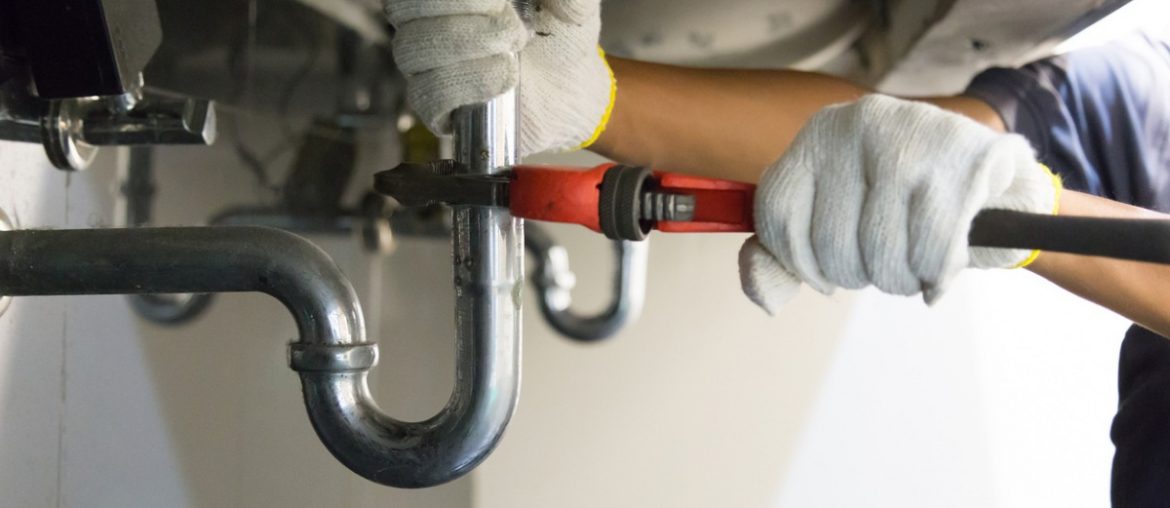Preventative of Everyday Plumbing Problems in Your Home: A Step-by-Step Guide
Preventative of Everyday Plumbing Problems in Your Home: A Step-by-Step Guide
Blog Article
We have stumbled upon the article pertaining to How to Deal With and Prevent Common Plumbing Problems below on the web and reckoned it made perfect sense to quickly share it with you on this page.

Introduction
Maintaining a useful plumbing system is critical for a comfy home. By taking safety nets, you can prevent common plumbing issues that might interrupt your day-to-day live and incur costly repair work.
Normal Maintenance Checks
Frequently checking your plumbing system is crucial for identifying prospective concerns before they escalate. Examine pipelines, faucets, bathrooms, and home appliances for leakages, corrosion, or signs of deterioration.
Watch What You Flush
Be mindful of what you flush down your bathrooms. Stay clear of purging items such as wipes, cotton rounds, sanitary products, and paper towels, as these can cause blockages and back-ups in your pipes.
Correct Disposal of Grease and Food Waste
Dispose of oil, oils, and food scraps properly to avoid accumulation in your pipelines. Prevent pouring grease down the tubes, as it can solidify and trigger blockages. Use a filter in your kitchen area sink to catch food fragments and empty it on a regular basis.
Display Water Stress
Keep an eye on your water stress to prevent anxiety on your pipelines and appliances. High water stress can cause leakages and damages gradually. Take into consideration mounting a stress regulator to keep ideal water stress throughout your home.
Shield Pipelines from Cold
During cold weather, take actions to avoid your pipelines from cold. Shield exposed pipelines, specifically those in unheated areas like cellars and attic rooms. Enable faucets to leak throughout freezing temperature levels to stop water from cold in the pipes.
Address Leakages Quickly
Deal with any leakages or trickles as soon as you see them. Even small leakages can waste water and create damages to your home in time. Tighten loose fittings or change damaged seals to prevent leaks from getting worse.
Be Mild with Plumbing Components
Avoid using too much pressure when operating plumbing fixtures such as taps and shutoffs. Rough handling can trigger damage, resulting in leakages and other malfunctions.
Normal Drain Cleansing
Schedule regular drainpipe cleansing to avoid accumulation of hair, soap scum, and various other particles. Utilize a drain serpent or chemical cleaner to remove obstructions and keep smooth drain.
Mount Water Softeners
Take into consideration mounting a water conditioner if you have hard water. Hard water can create mineral accumulation in your pipelines and home appliances, bring about minimized water flow and performance.
Inform House Members
Inform everyone in your house about appropriate plumbing techniques. Show them what must and shouldn't be flushed or thrown away down the drain to prevent avoidable plumbing troubles.
Conclusion
Avoiding typical plumbing problems in your house requires persistance and regular upkeep. By complying with these preventive measures, you can make sure that your plumbing system runs smoothly and prevent pricey repairs in the future.
Expert Tips for Preventing Common Plumbing Issues
Keep Drains Clear and Functional
Regularly clean drain covers and hair-catching devices to eliminate debris and prevent buildup. Avoid disposing of grease, oil, or coffee grounds down your drains, as they can congeal and accumulate over time, creating obstructions. Consider using a biodegradable drain cleaner periodically to break down organic matter and maintain clear pipes. Prevent and Identify Leaks Early
Regularly inspect visible plumbing connections, pipes, and fixtures for signs of moisture or corrosion. Fix loose connections or replace damaged components as needed. Install water leak sensors in high-risk areas such as under sinks, near water heaters, and around washing machines to provide early warning of potential leaks. Monitor your water bill for sudden increases in usage, which may indicate a hidden water leak. Protect Plumbing from Freezing Temperatures
Allow faucets to drip slightly during extremely cold weather to prevent freezing and pressure buildup inside the pipes. Seal gaps and openings in walls, doors, and windows near plumbing to prevent drafts from reaching your pipes. Maintain Optimal Water Heater Performance
Schedule annual professional maintenance of your water heater, including checking pressure-relief valves, flushing sediment buildup, and inspecting for corrosion or leaks. Maintain the manufacturer-recommended temperature setting, typically around 120°F (49°C), to optimize energy efficiency and prevent scalding. Consider installing an expansion tank in your system if you have a closed-loop water supply, which prevents excessive pressure buildup and potential water heater failure. https://www.climatecontrolkc.com/blog/plumbing/tips-for-preventing-plumbing-issues/

Do you really like reading up on ? Try to leave feedback below. We will be happy to hear your views about this blog posting. We are looking forward to see you back again later on. Remember to set aside a second to distribute this page if you liked it. Thanks for your time spent reading it.
Call Today Report this page